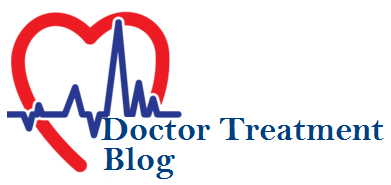Extra-corporeal fertilization or In Vitro Fertilization (IVF) consists of ” reproducing in the laboratory what happens naturally in the tubes : fertilization and the first stages of embryonic development”, explains the University Hospital Center (CHU) of Toulouse (Source 2).
“This technique short-circuits the fallopian tubes (tubal sterility) and brings the sperm closer to the oocytes (male sterility)”. The process begins with an essential step: stimulation of the ovaries. It is the latter that will allow the development of several follicles. Then, these collected oocytes (puncture) are brought into contact in a culture dish with the spouse’s spermatozoa. After 48 hours, 2 or 4 cell embryos can be obtained. They are then placed back in the uterus (transfer) where they can carry out their implantation.
Who is eligible for IVF? Until what age?
In vitro fertilization or IVF is a highly supervised technique in France. Outside the medical context, it is accessible to single women, heterosexual or homosexual couples of childbearing age . As for age, the law does not indicate an age limit for accessing PMA, but coverage by the Health Insurance stops at 43 years old.
IVF and ICSI: what are the differences between the two procedures?
A fertilization failure may require the use of another technique called ICSI , or intracytoplasmic sperm injection. It is particularly indicated in cases of male infertility, which can have several causes: testicular insufficiency, azoospermia (total absence of spermatozoa), oligospermia (very low number of spermatozoa)…
Indeed, for fertilization to be possible, it is necessary that the spermatozoa “are in sufficient number, that they are mobile and that they have a normal morphology”, recalls the Toulouse University Hospital. And in some male infertilities, “the conditions are not met and the sperm cannot spontaneously fertilize the oocyte”.
This technique ” has solved the vast majority of male infertility problems since only a few motile spermatozoa are needed to obtain embryos”, explains Inserm (Source 2). Indeed, with ICSI, a spermatozoon is injected directly into the oocyte, which increases the chances of obtaining embryos (fertilized oocytes). Today, it represents approximately 67% of IVF performed.
Focus on ART
Medically assisted procreation (AMP), or medically assisted procreation (PMA), consists of manipulating an egg and/or a sperm to promote pregnancy, explains Inserm (Source 3). “It makes it possible to overcome certain difficulties in conceiving, without necessarily treating the cause of infertility”. In France, in 2015, 3.1% of children were born thanks to ART, i.e. one birth in about 32.

